Construction Site Security
Alpine Protection Services offers reliable construction site security to keep your projects, people, and materials safe. Our trained construction site security guards in Edmonton are prepared to patrol, monitor, and respond, protecting your assets and keeping your work moving on schedule.
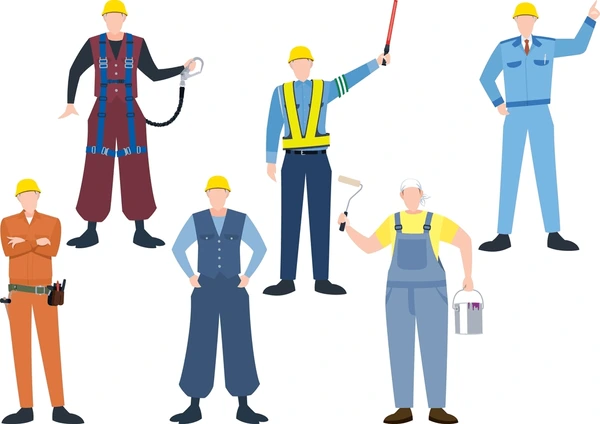
“Construction site theft and vandalism cause major project delays and added costs.”
Industry reports
Why Does Construction Site Security Matter?
Construction sites are active, high-risk environments with valuable equipment, materials, and partly completed work that attract theft, trespassers, and vandalism. Without professional construction site security, even the best-managed projects can suffer lost tools, damaged machinery, unauthorized access, and safety incidents that slow progress and increase costs. Project managers and contractors must protect expensive assets while maintaining site safety and compliance — that’s where we step in. Alpine Protection Services provides trained construction site security guards who do more than observe: they deter theft, manage access, monitor CCTV, and respond quickly to incidents. With our construction site security services in Edmonton you can focus on building while we protect the site.
Industries We Serve
We provide construction site security across a wide range of project types:
Residential developments
Commercial builds & office towers
Industrial projects
Roadworks & civil projects
Renovations and retrofit sites
Utility and energy installations
Our Services Include
At Alpine Protection Services we understand unique construction risks — from equipment theft to unsafe trespassing. As trusted construction site security companies, we offer dependable services to protect your project.
Perimeter Patrols & Site Monitoring
Regular patrols safeguard the outer boundary of your site, day and night.
- Inspect fences, gates, and entry points
- Detect breaches or suspicious activity
- Provide after-hours foot and vehicle patrols

Access Control & Visitor Management
Prevent unauthorized access and maintain a safe environment.
- Supervise delivery entrances and worker check-in
- Maintain visitor and contractor logs
- Verify IDs and manage access passes

Equipment & Material Protection
Protect your high-value tools, vehicles, and building materials.
- Monitor heavy machinery and storage zones
- Prevent theft of copper, lumber, and valuable assets
- Ensure secure loading and unloading procedures
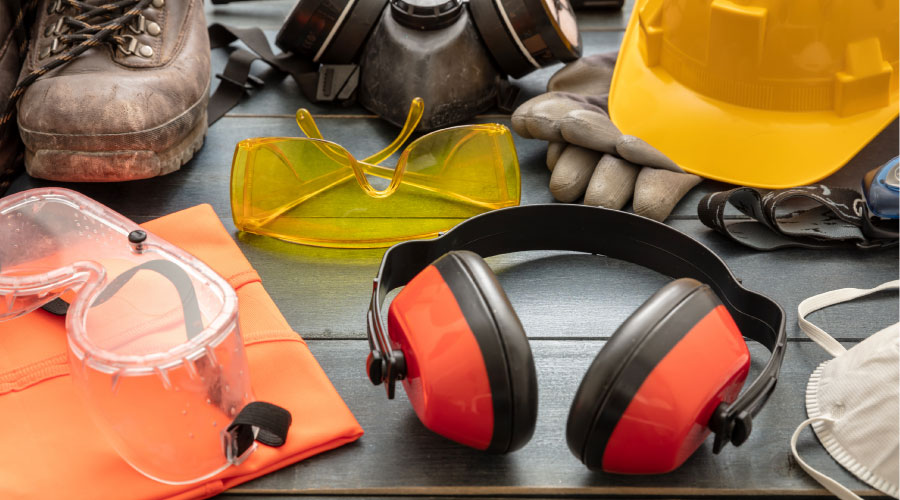
CCTV Monitoring & Surveillance
Enhance visibility and security across large job sites.
- Monitor live feeds of sensitive areas
- Alert on-site guards of suspicious activity
- Record footage for review and investigations
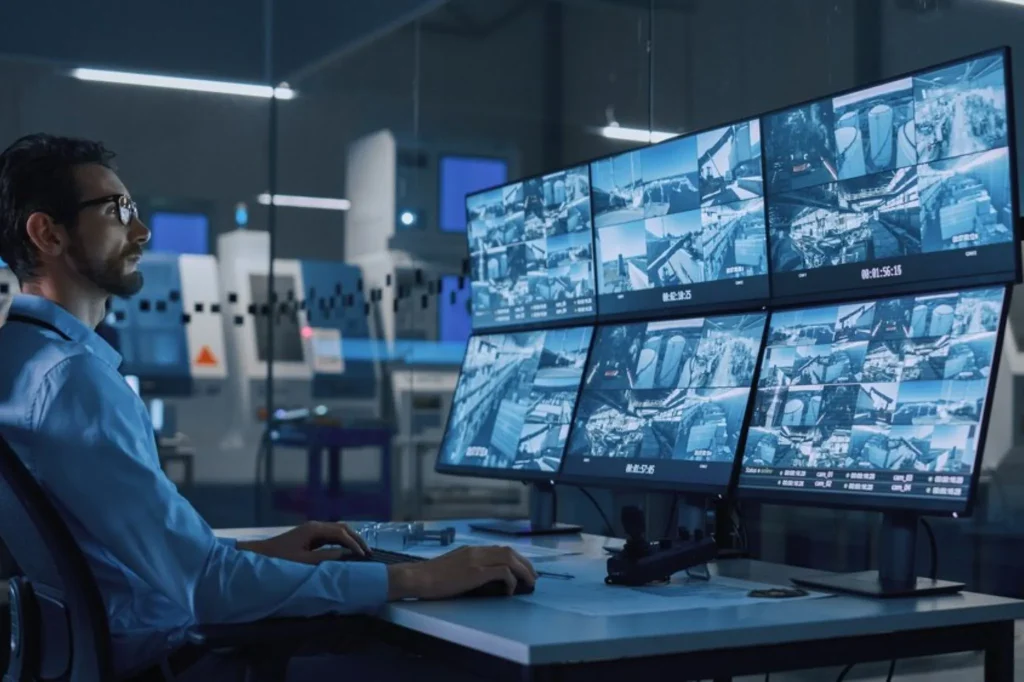
Fire Watch & Hazard Prevention
Early detection of hazards to keep your site compliant and safe.
- Conduct fire watch during hot work activities
- Report potential fire risks immediately
- Coordinate with emergency responders if needed
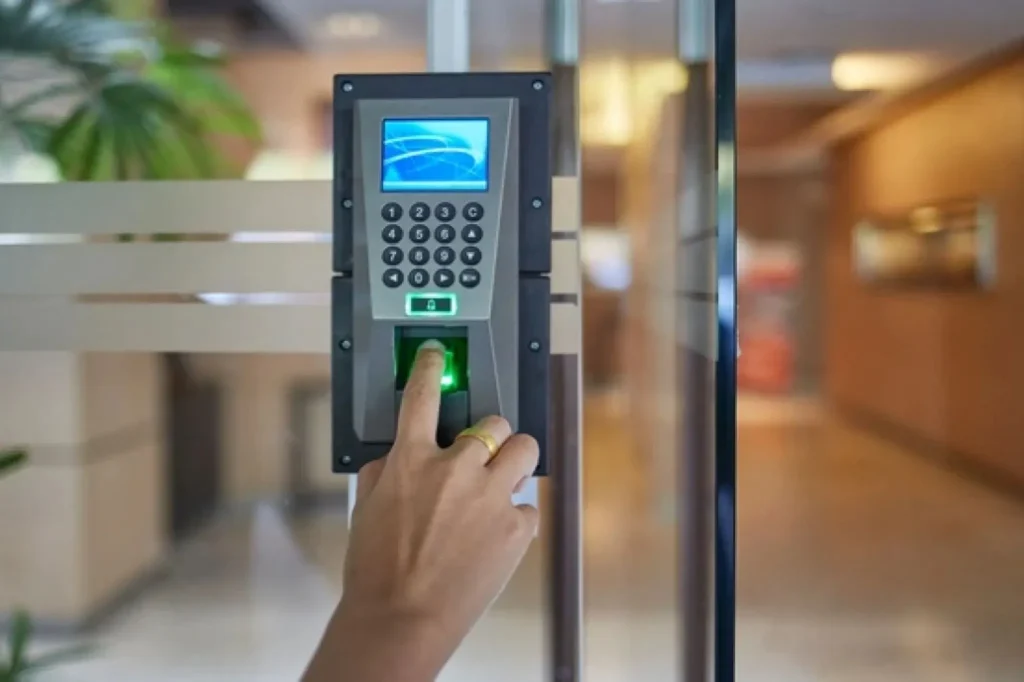
Rapid Emergency Response
Immediate action when incidents or emergencies occur.
- Trained in first aid, evacuation, and conflict resolution
- Work closely with site supervisors and police
- Provide incident reports and detailed documentation
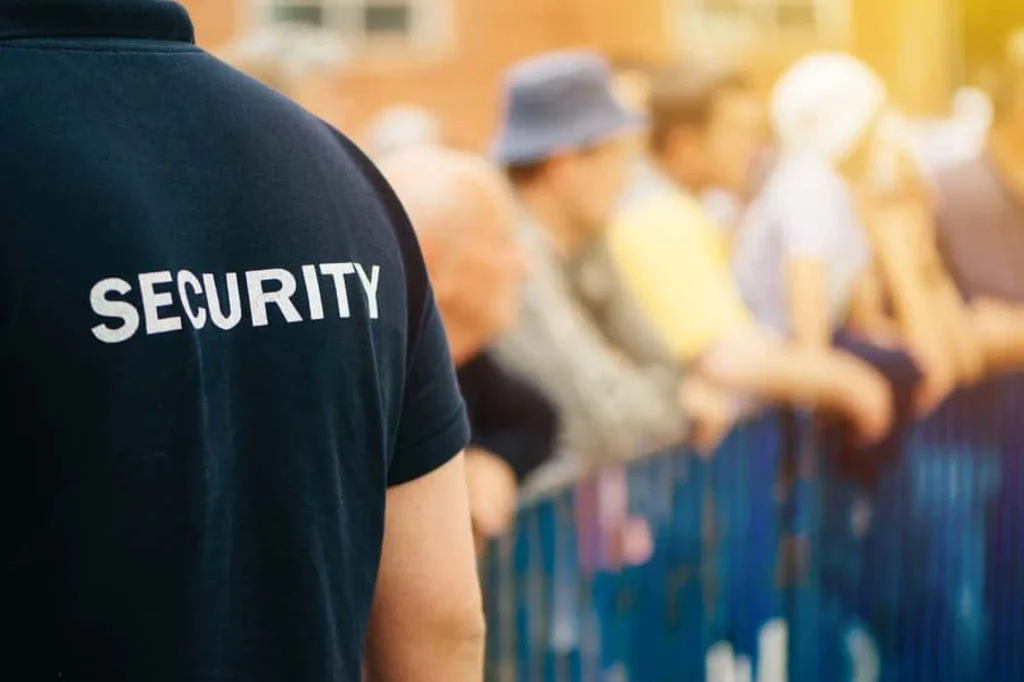
Why Choose Alpine Protection Services?
- Experienced shopping mall security guards
- One of the most trusted shopping mall security companies
- Alberta-based local support and fast service
- 24/7 security coverage available
- Fully licensed and insured
- Custom packages for small or large malls
- Friendly, alert, and professionally trained guards

How We Work
We follow a simple and proven process to deliver professional security guard services in Edmonton and across Alberta

Choose Your Service
Select your custom security plan.
Schedule an Appointment
Get a free quote and book an appointment.

Enjoy Complete Protection
Relax as professional security guards are working for you.
Have an inquiry?
Trustindex verifies that the original source of the review is Google. Best security guard company in EdmontonTrustindex verifies that the original source of the review is Google. Great Retail Security Services Company in AlbertaTrustindex verifies that the original source of the review is Google. great service! on time, best security services company in Alberta keep up the great workTrustindex verifies that the original source of the review is Google. Best Security Guard Company in Alberta!Trustindex verifies that the original source of the review is Google. The service was exceptional—highly professional and considerate. They installed IP cameras in my shop both during business hours and after closing, ensuring minimal disruption. Despite a steady flow of customers throughout the day, the team worked quietly and efficiently without causing any disturbances. They were extremely experienced, cleaned up everything after the installation, and provided a detailed walkthrough of the system, making sure I fully understood how to use it. Truly a top-tier, professional team—I highly recommend their services!Trustindex verifies that the original source of the review is Google. They installed cameras at one of my properties and I was extremely impressed with their work.Trustindex verifies that the original source of the review is Google. Alpine is the best security professional in the industry. Their resources are experienced, friendly and skilled.Trustindex verifies that the original source of the review is Google. I hired them for my construction site security, it was an amazing experience. There was a lot of intrusion and vandalism on my site. But their security guards are hardworking and highly professional. I have no issues on my construction site at all,since I hired them. I highly recommend them, best security guard company in Edmonton.
FAQ's
Frequently Asked Questions
We provide uniformed guards for visible deterrence, plainclothes officers for discreet surveillance, mobile patrols, and dedicated CCTV monitoring teams.
Yes. Our guards are trained to respond to theft, vandalism, medical emergencies and other incidents quickly and professionally.
Absolutely. We can monitor gate access, delivery points, loading docks, and maintain secure access logs.
We combine visible patrols, undercover officers, CCTV monitoring, and rapid response protocols to deter and stop criminal activity effectively.
Yes. All guards are properly licensed, background-checked, and covered by comprehensive liability insurance.
Definitely. We customize each program based on the site size, foot traffic, equipment value, and specific risk factors.
Our guards are trained in site safety and customer service — assisting teams while maintaining robust security.
We provide 24/7 coverage, including overnight patrols, weekends, and holidays.
Costs depend on project size, hours of coverage, and services required. Contact us for a custom quote.


